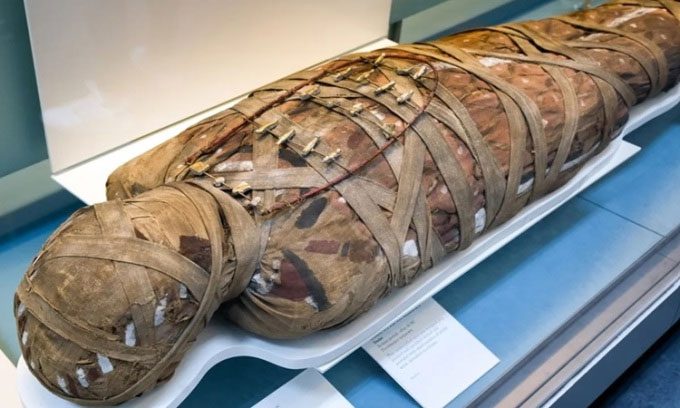Ancient Egyptian Residents Infected with Various Parasites Causing Anemia and Other Health Issues.
According to new analysis of Egyptian mummies published in the series Advances in Parasitology, about two-thirds of the examined mummies carried different types of pathogens, including 22% with malaria and 40% with lice, IFL Science reported on March 8. For instance, in the Valley of the Kings, 4 out of 16 mummies tested positive for the parasite Plasmodium falciparum, which is responsible for a severe form of malaria. One of these was King Tutankhamun, who had two different strains of malaria, although his death may have been due to a chariot accident.

The Nile River may have been a source of parasite transmission for ancient Egyptians. (Photo: Jaroslav Moravcik).
According to the study’s author, Piers D. Mitchell from the University of Cambridge, 49 out of 221 analyzed Egyptian mummies tested positive for malaria. Mitchell and his colleagues speculated that malaria had a significant impact on child mortality rates and anemia among all residents living along the Nile River. In fact, 92% of the mummies with malaria had porous bones and numerous signs of anemia, characterized by a reduced number of red blood cells. Such a burden of disease would certainly have had a substantial impact on the physical strength and productivity of a large workforce.
Other types of parasites found in ancient Egyptian mummies include the pathogen toxoplasmosis, which is associated with schizophrenia. According to the research team, humans can become infected with toxoplasmosis through close contact with cats. Due to their role as sacrificial animals, cats were often mummified and used in rituals. Mitchell also estimated that about 10% of mummies tested positive for leishmaniasis, which is linked to anemia and is fatal in 95% of untreated cases. Stomach parasites like fish tapeworms were also discovered in two mummies, likely due to the consumption of undercooked fish from the Nile.
Trichinosis was found in the chest muscles of a mummy named Nakht, a weaver in the royal temple at Thebes. Often transmitted through undercooked pork, this small worm resides within muscle tissue and can be fatal if it enters the heart. Nakht also had worms in both his blood vessels and urinary tract. Like 65% of the mummies in the study, he also suffered from schistosomiasis. Another mummy at the Manchester Museum even had worms in the brain. About 40% of the 218 mummies were infected with lice.
Explaining the high infection rates, Mitchell suspects that the Nile River served as a source of tropical parasite transmission, which is often not found in arid regions. As a result, mosquitoes carrying malaria and many other harmful diseases thrived in ancient Egypt despite low rainfall.
However, the Nile also made agricultural land fertile due to its annual floodplain silt. Consequently, farmers did not need to use fertilizers. This may explain why ancient Egyptian mummies had low rates of hairworms and roundworms, which are common in the Middle East and Mediterranean regions.




















































